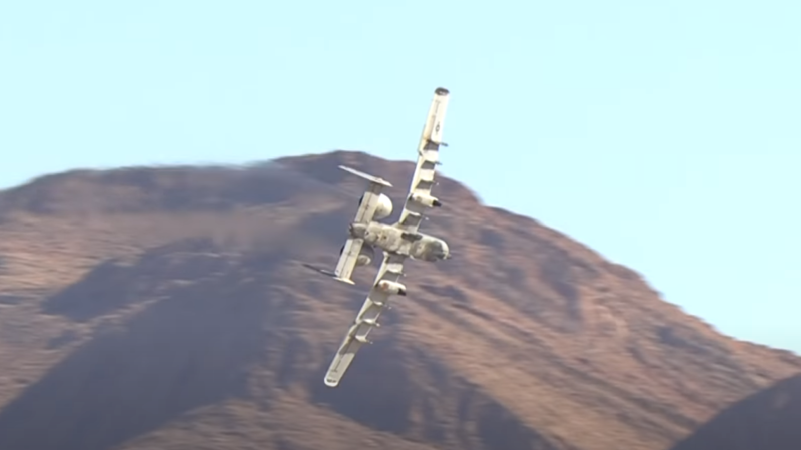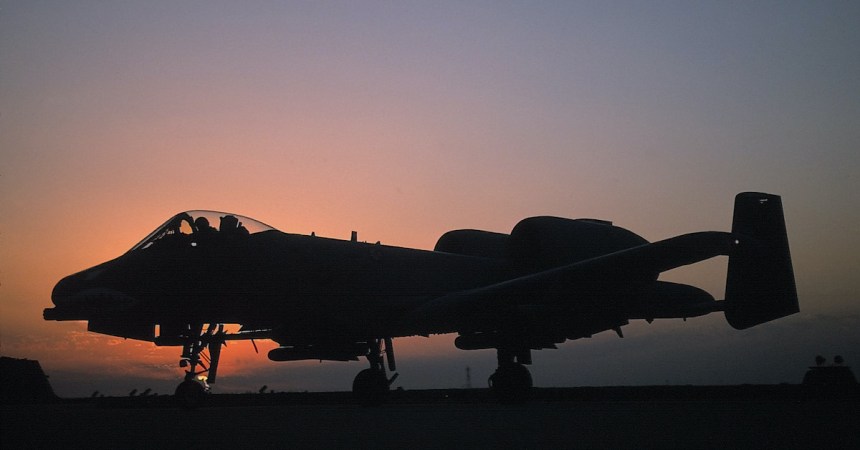While the Air Force is best known for dropping bombs on the enemy — and they’ve done a lot of that throughout the War on Terror — there is one critical mission that some elite airmen carry out: evacuating wounded troops in the middle of a firefight. Air Force Pararescue took that mission on in Afghanistan, even though it’s not exactly what they were trained for — the original mission was to recover downed aircrews.
As a result, the Sikorsky HH-60G Pave Hawk has had quite a workout. This is the Air Force’s standard combat search-and-rescue helicopter, which replaced the older HH-53s. According to an Air Force fact sheet, the HH-60 has a top speed of 184 miles per hour, a maximum unrefueled range of 504 nautical miles, and the ability to use 7.62mm miniguns or .50-caliber machine guns. It has a crew of four and has a hoist that can haul 600 pounds.

But there is one question: How do you get a Pave Hawk to Afghanistan? Or to other disaster areas, like Mozambique in 2000? Well, believe it or not, the helicopters fly in — but not by themselves. Despite the fact that they can be refueled in mid-air thanks to a probe, the helicopters often are flown in on the Air Force’s force of C-5 Galaxy and C-17 Globemaster III cargo planes.
You may be surprised, but the HH-60 is actually an easy cargo for one of these planes to carry. It comes in at 22,000 pounds — or 11 tons. The C-17 can carry over 170,000 pounds of cargo, per an Air Force fact sheet. The C-5 carries over 281,000 pounds. With weight out of the way, the only remaining issue is volume — and the HH-60 addresses that with folding rotor blades.

So, if a Pave Hawk needs to go to Afghanistan, they fold the rotor blades, roll the chopper onto the C-5 or C-17, and take off. The cargo planes reach Afghanistan with a bit of mid-air refueling. Once it lands, the HH-60 rolls off, the rotor blades are unfolded, and it’s ready to save lives.
Check out the video below to see an HH-60 arrive in Afghanistan:


























